2021-2022 Annual Report
2024-2025 Annual Report
2023-2024 Annual Report
2022-2023 Annual Report
2021-2022 Annual Report
2020-2021 Annual Report
2019-2020 Annual Report
2018-2019 Annual Report
2017-2018 Annual Report
2016-2017 Annual Report
2015-2016 Annual Report
2014-2015 Annual Report
2013-2014 Annual Report
2012-2013 Annual Report
2011-2012 Annual Report
2010-2011 Annual Report
2009-2010 Annual Report
2008-2009 Annual Report
2007-2008 Annual Report
2006-2007 Annual Report
2005-2006 Annual Report
Land Acknowledgement
The area we now call the Greenbelt consists of treaty lands. It is important that we learn about the history and continued presence of these treaties because we are all treaty people.
The lakes, rivers, and wetlands, as well as forests, ravines, and healthy farmlands in the Greenbelt have been stewarded and protected by the First Peoples since time immemorial and we are grateful to the First Peoples for their care of the land on Turtle Island. We respect and are inspired by the deep connection of kinship that Indigenous Peoples have with the land.
We acknowledge the truth of the events of the past and their continuing effects, and the enduring rights of Indigenous Peoples.
We recognize that the Greenbelt is based on a land management plan developed by settlers, and we as a Foundation have a responsibility to ensure the work we do reflects the continued efforts and rights of the First Peoples of this land.
We will continue to look for ways to align our mandate with the Calls to Action from the Truth and Reconciliation Commission, and further educate ourselves on Indigenous Knowledge Systems that can inform and support our mandate to sustain the air, lands and waterways in the Greenbelt.
A Message From Our Chair

Now more than ever, our vision is a vibrant and healthy Greenbelt.
After another challenging year of the COVID-19 pandemic, extreme weather events, and the disruption of major global systems, we have seen the benefits of the Greenbelt continue to come into sharp focus.
The Greenbelt continued to serve Ontarians during this time by providing a fresh local food source, opportunities for outdoor recreation, and the continued benefits of natural assets and features that help our region face the threats of climate change. The importance of access to nature and to local food became even more clear through the pandemic and will continue to need specific focus as we collectively work toward a post-COVID recovery.
The Greenbelt Foundation continues to play its role of stewardship and investment in the Greenbelt for the benefit of Ontarians. Those benefits are varied and continue to grow over time, with impacts such as an estimated $9.6 billion annual contribution to Ontario’s GDP, 177,700 full-time or full-time equivalent jobs, and $3.2 billion worth of ecosystem services provided to Ontario communities each year.
The unique benefits of the Greenbelt are becoming more important as our population continues to grow, as we continue to see increased demand for local food and increased interest in our food supply in an uncertain world, and increased demands on our water systems and confront the challenges of a changing climate.
A central focus of our work has been supporting natural asset mapping and green infrastructure initiatives that improve Ontario’s climate resilience, ecosystem services and reduced risks and costs to communities. The good news is that this leading work will establish new opportunities for climate change adaptation and mitigation that are transferable to the rest of Ontario and Canada.
The Greenbelt Foundation’s Board of Directors supports the Government of Ontario’s commitment to Growing the Greenbelt. Beyond the current process, we hope that the Province will continue to prioritize protecting our existing boundaries while seeking opportunities to grow and enhance the Greenbelt to address critical needs. The Foundation looks forward to seeing the Government’s ultimate proposal for increasing the size and enhancing the quality of the Greenbelt – and we are here to support this important work.
From the entire Board of Directors at the Greenbelt Foundation and all staff, I would like to thank the Government of Ontario for its ongoing financial support, as well as its continued commitment to growing the Greenbelt. Protecting and enhancing the Greenbelt is good news for Ontarians who are especially proud of their Greenbelt.
Here in the Greater Golden Horseshoe, the most rapidly growing region in Canada, we are fortunate to have one of the world’s largest and best protected Greenbelts providing so many benefits to Ontarians. Together with all staff, we as the Board of Directors will continue to support the Foundation in stewarding and investing in the Greenbelt, for the benefit of all.
Mary Lou Tanner
Chair, Board of Directors, Greenbelt Foundation
A Message From Our CEO

Once again, the year was not what we expected it to be.
However, amidst the challenges, the Greenbelt Foundation was able to deliver on its mission to promote and sustain the Greenbelt as a vital, valuable, and permanent safeguard for our future that enhances the quality of life for all residents of Ontario.
This year, we continued to work with our partners to build capacity and strengthen systems in the Greenbelt. We have published essential research on the value of nature, the importance of soil health, the economic impacts and life histories of Greenbelt Farmers. We have supported projects, through our grant-making stream, that will have a direct and lasting impact on natural systems, tourism, agriculture, and the local economy. We have continued to be the champion for Ontario’s Greenbelt—an asset that continues to serve all Ontarians.
Through our ongoing work with the Southern Ontario Nature Coalition, we will be supporting urgent projects that address key recommendations from the Near-Urban Nature Network: A Solution to Climate Change and Biodiversity Loss final report. Projects include a native seed strategy from Carolinian Canada, the restoration of important connectivity lands around Rouge National Urban Park from Wildlands League, and a project from Ontario Nature that assesses municipal and conservation authority lands towards Canada’s 2025 Protected Areas Target.
We continue to champion agriculture in the Greenbelt through the release of our latest research, How Greenbelt Farmers Feed the Regional Economy and Greenbelt Farmers: Economic Network Case Studies. This pair of reports work together to develop a deeper understanding of the important economic impact primary production makes to other sectors of the economy and shares the economic successes and challenges of Greenbelt Farmers through individual farm profiles. The reports are useful educational materials for policy makers, municipal planners, economic development staff, and the public.
Soil Health has been a continued focus for the Foundation, with the release of Towards a Business Case for Soil Health, a report that mobilizes current knowledge to aid decision making on farms in southern Ontario. In collaboration with researchers from the University of Guelph, the report addresses one of the main recommendations from our previous report, The Power of Soil: An Agenda for Change to Benefit Farmers and Climate Resilience, to “make the business case for soil health.” That initial report was released by the Greenbelt Foundation and Équiterre in 2021.
The Foundation is acting on our commitment to reconciliation with Indigenous Peoples through continued collaboration and projects such as Moccasin Identifier project, Shared Path Consultation Initiative, and the Alderville First Nation’s Mitigomen Native Plant Nursery. We are committed to engaging Indigenous communities in accordance with community protocols and the development of ethical space for all to contribute meaningfully. Among other projects, the Cambium Indigenous Professional Services (CIPS) team will be developing a statement on the inclusion of Indigenous harvesting rights and a matrix of Indigenous Communities in the region.
Thank you to our partners, stakeholders, donors, and funders. Without this diverse community of Greenbelt supporters, the work the Foundation undertakes to ensure a permanent, protected, and prosperous Greenbelt for all would not be possible. From all of us at the Greenbelt Foundation, we thank you for your interest in our work and look forward to supporting Ontario communities.
Edward McDonnell
CEO, Greenbelt Foundation
About the Foundation
For 17 years, the Greenbelt Foundation has been the champion of Ontario’s Greenbelt, promoting its benefits and helping it to provide measurable contributions to quality of life in the Greater Golden Horseshoe.
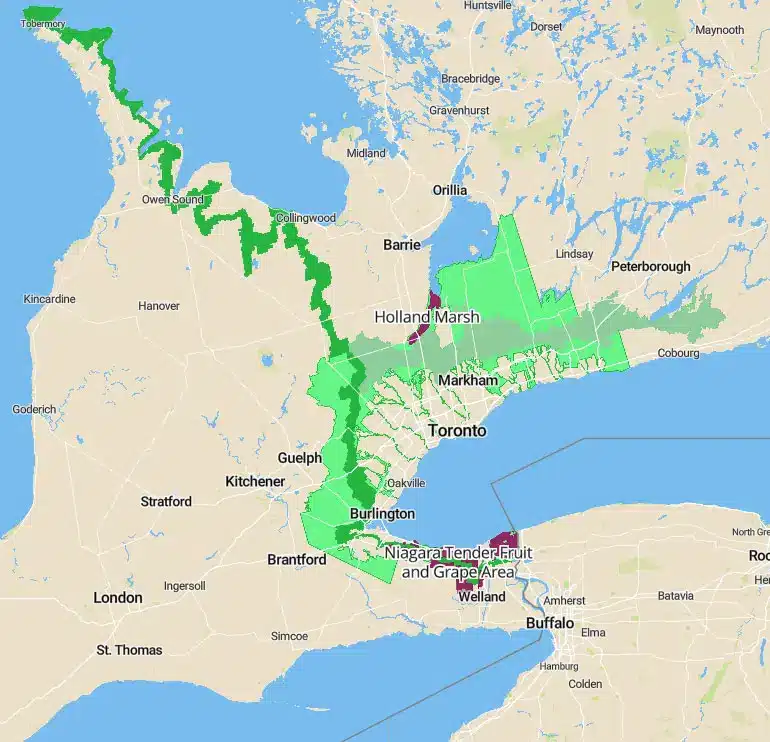
The Greenbelt Foundation has leveraged and invested over $100 million in strategic grants and programs, research and policy initiatives, as well as engagement and outreach activities. This work has contributed to a thriving local food and agriculture sector, strong rural economies, climate-resilient communities, and accessible greenspace for the one in three Canadians who call the Greater Golden Horseshoe home.
The Greenbelt Foundation is the only organization solely dedicated to ensuring Ontario’s Greenbelt remains permanent, protected, and prosperous. We make the right investments in its interconnected natural, agricultural, and economic systems, to ensure a working, thriving Greenbelt for all. Ontario’s Greenbelt is over two million acres of farmland, forests, wetlands, and rivers, working together to provide clean air, fresh water, and a reliable local food source.
At its core, Greenbelt Foundation is a research and grant-making organization that supports and collaborates with other organizations and actors in activities and projects that further the mission of Ontario’s Greenbelt Plan.
Our work centres on protecting and investing in near-urban nature, natural infrastructure, and climate resilience; supporting local Greenbelt farmers and the rural agricultural sector and economy; promoting the vast and varied tourism and recreation opportunities that the Greenbelt offers; and engaging Ontarians in enjoying and helping to keep the Greenbelt thriving.
The Greenbelt
$9.6 Billion
Contributed annually in economic activity
$3.2 Billion
Contributed annually in ecosystem services
177700 jobs
Supported (full-time or equivalent)
9 out of 10
Ontarians in favour of the Greenbelt
Spotlight: Oak Ridges Moraine Trail
In February 2020, the Greenbelt Foundation expanded its mandate to incorporate the priorities and work of the Oak Ridges Moraine Foundation.
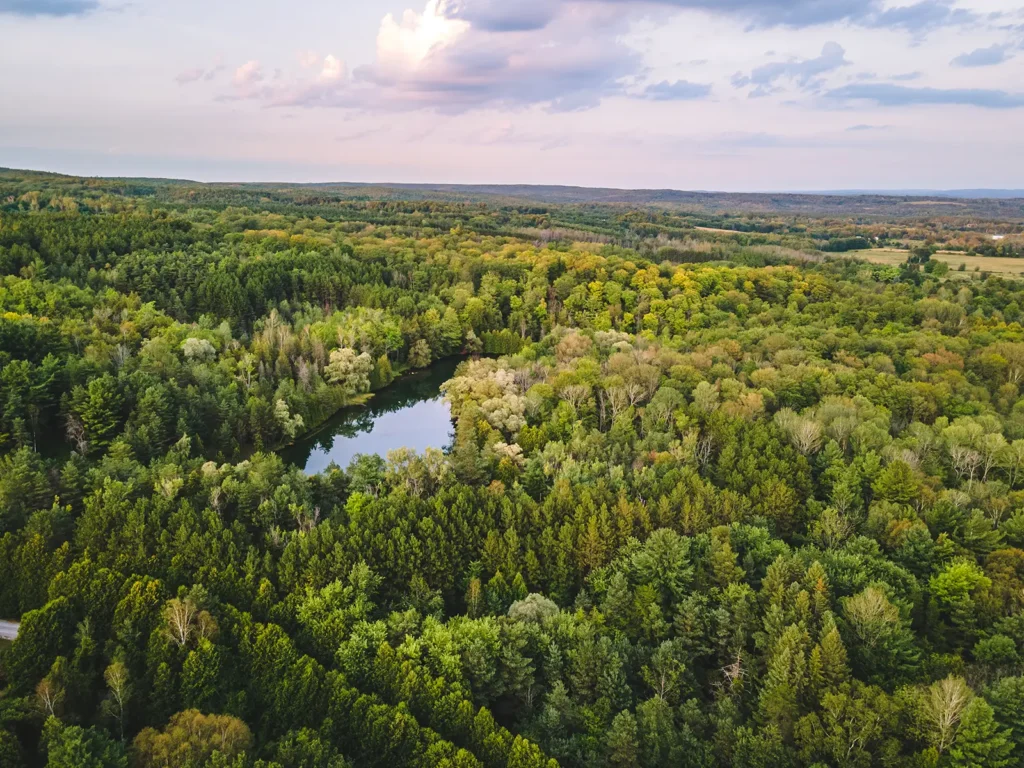
This integration established a promising way forward for the continued stewardship, protection, and enhancement of the Oak Ridges Moraine (ORM)—one of the Greenbelt’s most important natural features and a crucial source of freshwater for millions of Ontarians.
In addition to its critical role as a hydrologic feature, the Oak Ridges Moraine is also a vital natural heritage system home to 78 species at risk. As for recreational facilities, the ORM offers a trail along its length to provide residents with access to nature and physical and mental well-being.
This year, the Greenbelt Foundation and Oak Ridges Moraine Foundation continued to work together to develop an updated and contemporary strategy that will guide and secure the future of the Oak Ridges Moraine Trail.
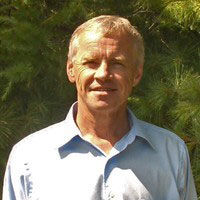
The Oak Ridges Moraine Trail is an iconic recreational and active transportation corridor for people to connect to a unique natural landscape and greenspace. It contributes to active living, healthy lifestyles, and climate resiliency for residents of the Oak Ridges Moraine, adjacent communities, and southern Ontario. Currently, about 275 km of main trail, plus various side trails, have been completed.
A major strategic review of the Oak Ridges Moraine Trail has not been conducted for many years, despite continued population growth and infrastructure planning. Planning and action are needed to build on the important work of the Oak Ridges Trail Association, municipalities, conservation authorities, and many others, by renewing the vision and identifying opportunities to enhance and expand the trail by:
- Ensuring long-term viability and vitality of the Trail
- Addressing ongoing land securement and access
- Increasing understanding of investment needs
The strategy will be developed over the course of 2022 and will be built through engagement with key trail stakeholders.
The renewed strategy will have many benefits to Ontarians and will result in expanded awareness of the trail, further protection of the local ecology along the trail, and increased access to greenspace for residents.
We look forward to sharing further updates on this exciting initiative in the coming year.
Robert Messervey
Chair, Oak Ridges Moraine Foundation and Member, Greenbelt Foundation Board of Directors
Annual Highlights
Maintaining and Enhancing Natural Infrastructure and Climate Resilience
Wetlands, river valleys, forests, and other green features are examples of natural assets that provide quantifiable infrastructural services to surrounding communities.
They prevent flooding, modify temperatures during heat waves, purify fresh water, and provide greenspace for healthy, outdoor recreation, among other services. By formally managing, accounting for, and investing in these assets, municipalities can save on infrastructure costs, improve their region’s resilience to climate change, and create stable, full-time jobs for local workers.
Additionally, the Greenbelt as an ecological corridor is critical to biodiversity in southern Ontario, which happens to be one of the most biodiverse areas of the country. The connectivity of natural systems in the Greenbelt allows for species migration and endangered species to find suitable habitat.
Did you know?
The Greenbelt Foundation is Canada’s largest third-party investor in municipal natural asset management programs. Our vision is to mainstream the protection and use of natural assets, and to make near-urban nature an integral part of key government environmental conservation programs.
Municipal Natural Asset Inventory Program
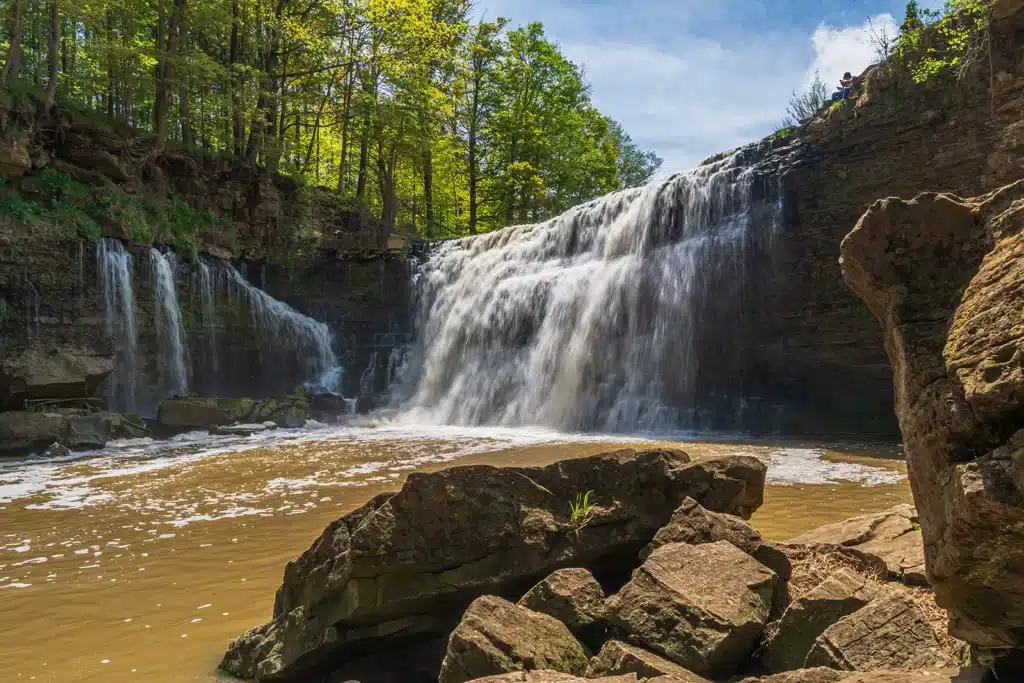
Throughout 2021-2022, the Greenbelt Foundation and Municipal Natural Asset Initiative (MNAI) supported Greenbelt and Greater Golden Horseshoe municipalities to develop natural asset inventories. This project delivers the largest cluster of municipal natural asset inventories in the country.
Through the inventory process, 10 municipalities from the Greenbelt region identified local natural assets that help deliver critical municipal services, as well as their condition and the risks they face. A natural asset inventory is an essential first step in a full municipal natural asset management plan.
Nature-based solutions such as natural assets can deliver critical community services such as flood control and moderate rising temperatures. These solutions are cost-effective and often higher performing alternatives to traditional gray infrastructure.
Saltfleet Wetlands Restoration Project, Hamilton Conservation Authority (HCA)
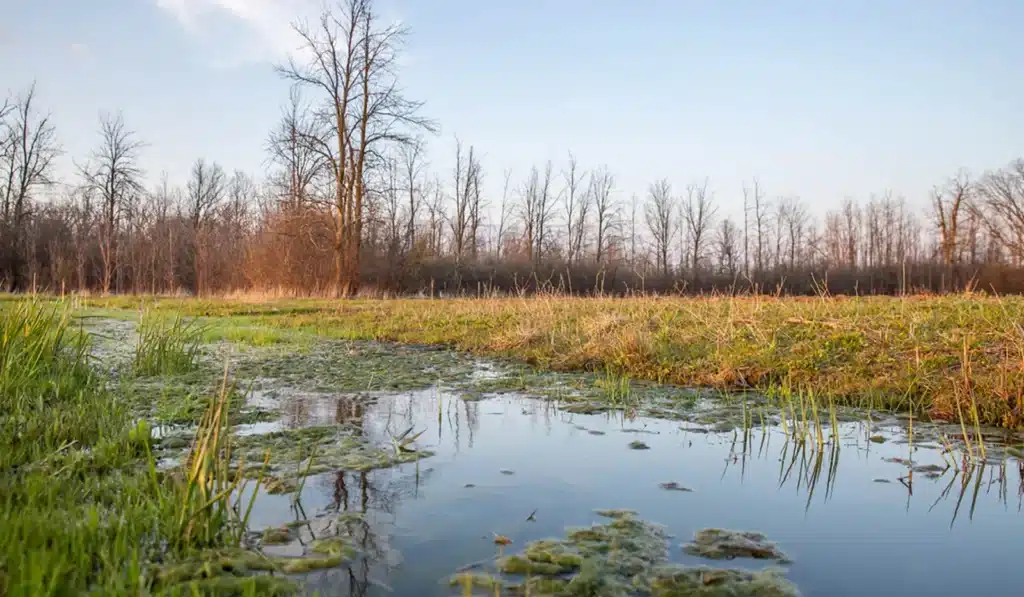
This project restores a 109-hectare historic wetland complex on the Niagara Escarpment in east Hamilton to reduce downstream flooding and complete the new Saltfleet Conservation Area. Added benefits include as enhanced biodiversity, carbon sequestration, recreation, and water quality.
Portions of Stoney Creek and Upper Battlefield Creek Watersheds are degraded due to erosion from past uses and urbanization, resulting in significant risk of flooding to 306 downstream residential and commercial properties. Restoration of the wetland area will reduce the social and economic impacts of flooding for residents and businesses downstream.
Other benefits of this new greenspace include enhanced biodiversity, carbon sequestration, recreation, and water quality. This project helps to restore and enhance the Greenbelt’s ecosystem services and improve the resilience of its natural landscapes. It is also a useful case study and example for other communities of how protecting and restoring nature better can support healthy, sustainable communities.
The Saltfleet Conservation Area wetland is an exciting project that has been developed to reduce the risk of flooding and erosion, create and enhance wetlands and associated natural areas, and provide trails in the east end of our watershed.
- Scott Peck
Deputy CAO and Director of Watershed Planning & Engineering for Halton Conservation Authority in Hamilton
Implementing Southern Ontario Nature Coalition Recommendations
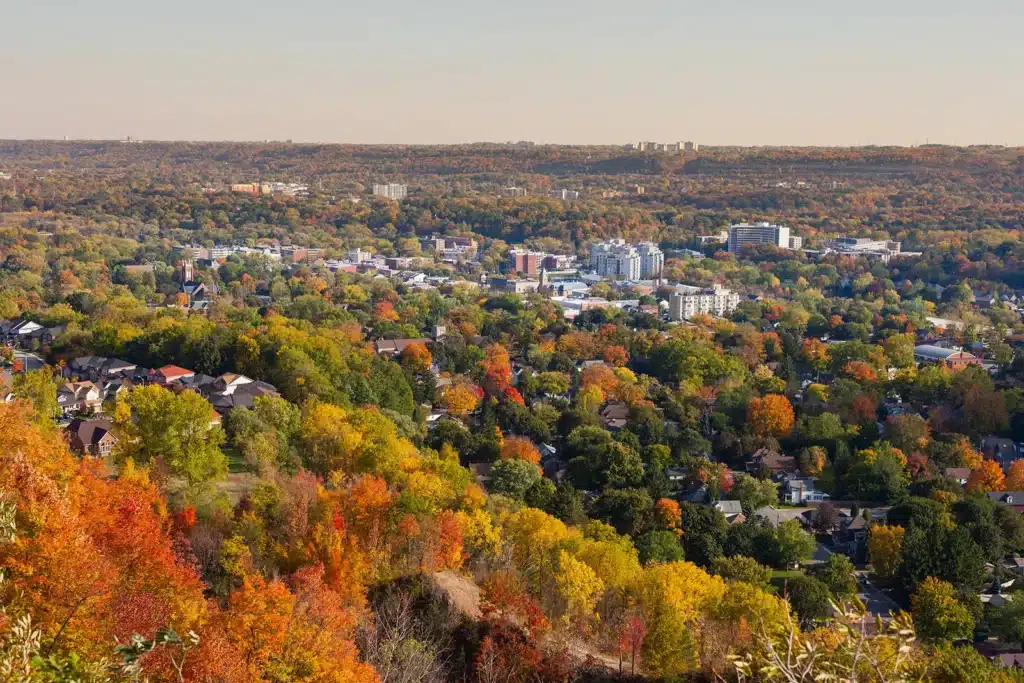
Through our Grant Funding Program, the Foundation is overseeing the implementation of quick start recommendations outlined in the Near-Urban Nature Network: A Solution to Climate Change and Biodiversity Loss final and technical reports. The report argues that biodiversity on the fringes of urban areas is under threat; we must address that issue while also building more resilient communities.
Recommendations include building partnerships with municipalities and conservation authorities to protect, manage and restore biodiversity, including identifying candidate sites for Protected and Conserved Areas in the Greater Golden Horseshoe (GGH) and developing a long-term tree planting achieve 30 per cent forest cover across the GGH.
Building on these recommendations, Foundation-funded projects include a native seed strategy from Carolinian Canada, the restoration of important connectivity lands between the Greenbelt and Rouge National Urban Park from Wildlands League, and a project from Ontario Nature that assesses municipal and conservation authority lands towards Canada’s 2025 Protected Areas Target.
There are many opportunities to advance the protection of near-urban nature through the designation of new protected areas, in the spirit and practice of Reconciliation and with the free, prior and informed consent of Indigenous Peoples. Ontario Nature has identified many candidate sites of ecological and cultural significance that would help conserve biodiversity and enhance landscape resilience to climate change across the Greater Golden Horseshoe. What a legacy that would be!
- Anne Bell
Director of Conservation and Education at Ontario Nature
Improving Access to Large Parks
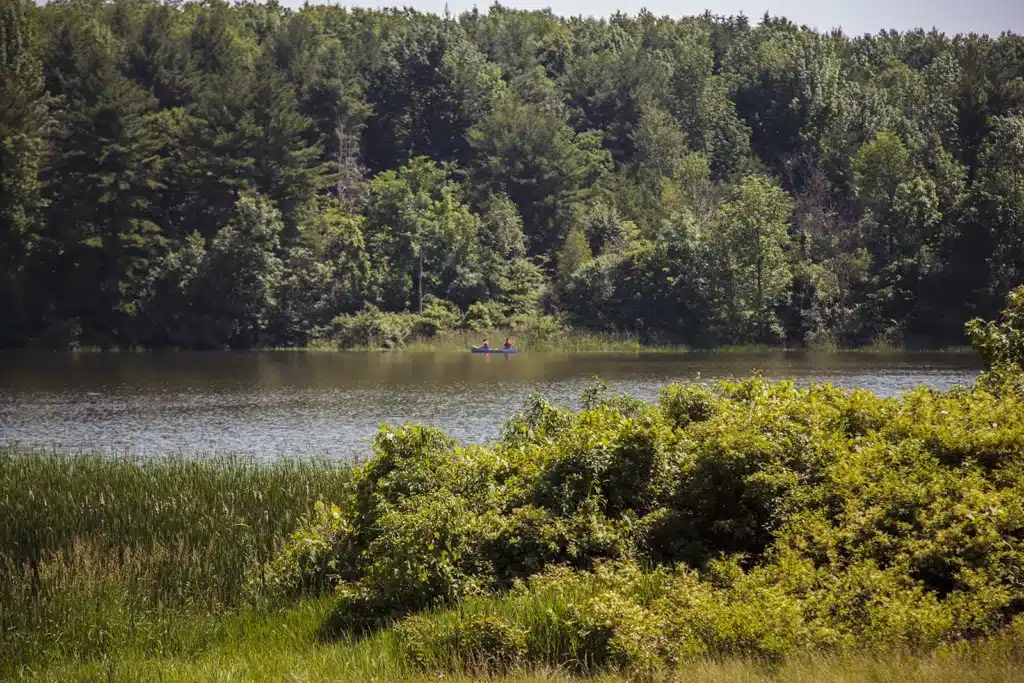
In spring 2022, the Foundation released a new report with Green Infrastructure Ontario, called Improving Access to Large Parks in Ontario’s Golden Horseshoe: Policy, Planning, and Funding Strategies. This report is a follow-up to the State of Large Parks in Ontario’s Golden Horseshoe, published in 2019.
The research finds that 2.1 million people are living in neighbourhoods with low accessibility to parks, which is regrettable given the mental and physical health benefits of being in nature have never been clearer. The report goes on to identify recommendations that will improve planning and supply of large parks to keep up with population growth in the region.
In this new research, we look at who has access to the existing large parks and who does not, provide tangible examples of how to overcome barriers to the creation of new large parks, and provide much needed recommendations for policy makers at all levels to inspire the development of more large parks.
- Jennifer Court
Executive Director of Green Infrastructure Ontario
Enhancing Opportunities to Experience Nature in the Greenbelt
The Greenbelt offers many ways for Ontarians to connect with nature. From majestic urban river valleys that offer respite from modern life to hundreds of kilometres of cycling and hiking trails, there’s something for everyone in the Greenbelt.
Through research and investments, the Greenbelt Foundation helps drive tourism and recreation in the Greenbelt. This supports rural economies and helps Ontarians understand the multitude of opportunities the Greenbelt offers for enjoying a low-carbon, healthy active lifestyle, particularly during COVID-19.
Did you know?
Over 76 million people visit the Greenbelt each year, supporting 75,000 local jobs in the tourism and recreation sector.
Greenbelt to Great Lakes Cycling Experiences with Waterfront Regeneration Trust
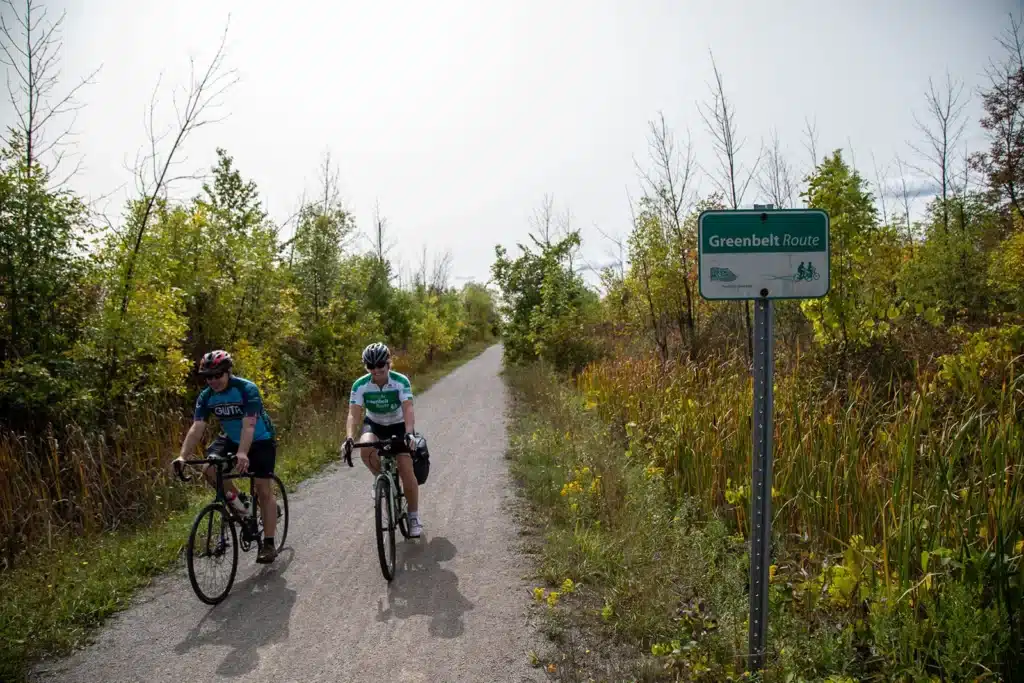
With the expansion of six new signed connector routes from urban centres along the Waterfront Trail to the Greenbelt Route, this project increases awareness of the Greenbelt Route as an iconic cycling holiday destination, takes advantage of the cycling boom, and assists rural economies in recovering from the COVID-19 pandemic.
During the reporting period, two new north/south signed connector routes were established. This project component successfully engaged support of 32 organizations. The four-day Great Waterfront Trail Adventure (GWTA) cycling tour included a launch event in Blue Mountain village, two Greenbelt farm-to-fork themed tours, and Greenbelt Day celebration led to increased awareness for the Greenbelt and the Greenbelt Route. Over 140 cyclists participated in the tours.
The 2021 Great Waterfront Trail Adventure is a perfect way to experience the spectacular scenery and communities of Georgian Bay and Lake Huron while raising awareness of the importance of protecting our Great Lakes – arguably our province’s most important natural resource and the centre of our tourism industry.
- Lisa MacLeod
Minister of Heritage, Sport, Tourism and Culture Industries
Niagara Peninsula Aspiring Geopark
The Foundation’s support of this project aims for the designation of the Niagara Peninsula as a Geopark, an international recognition for significant geological landscapes that supports sustainable and educational tourism.
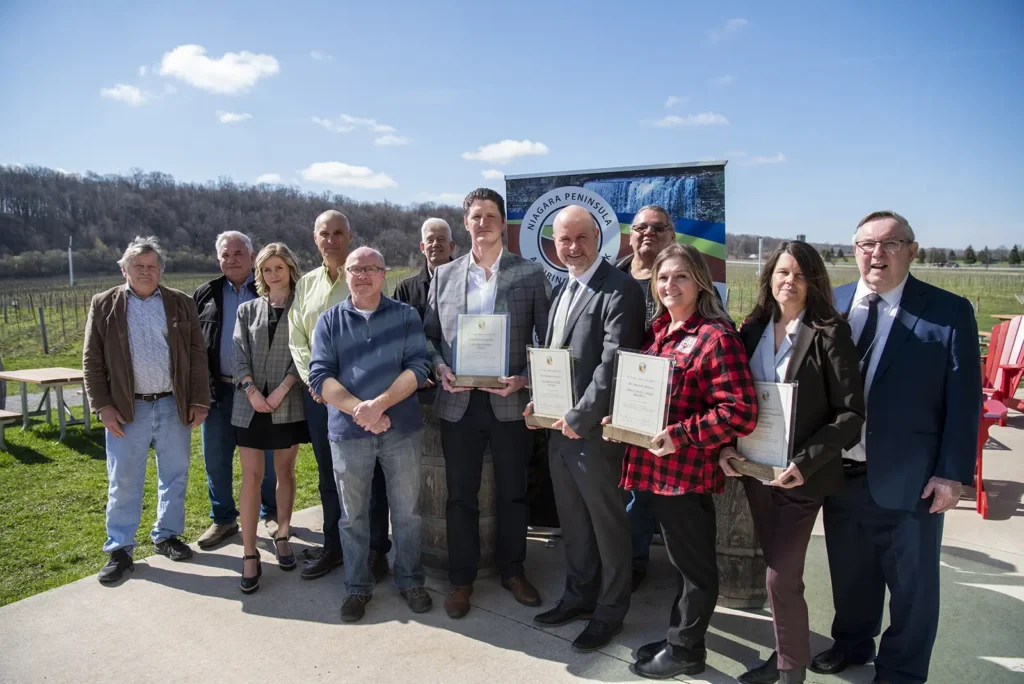
Defined by the United Nations Educational, Scientific and Cultural Organization (UNESCO), Geoparks are popular tourism destinations with measurable impacts. If certified, the Geopark will benefit Niagara residents and visitors, and local educational institutions, businesses, and tourism operators. It will attract local and eventually international visitors and support rural economy.
The project focuses on completion of the application process over the next two years. The project leverages the extensive geological sites found in the Peninsula, including the iconic Niagara Escarpment, to enhance meaningful visits to the Greenbelt and support rural tourism and pandemic recovery.
Niagara’s rich geological and cultural heritage is a story worth telling. Having the Greenbelt Foundation as our Sustainable Prosperity Partner will help us tell this story to both local and international audiences, while bringing attention to the innovation and successes of sustainable businesses operating across the region.
- Perry Hartwick
Chair of the Board of the Niagara Peninsula Geopark
Value of Nature Survey

The Greenbelt Value of Nature Survey for Recreation in the Greater Golden Horseshoe examines the way in which people connected with nature and the impacts of COVID-19 on nature-based activities between July 2020 and August 2021.
The report found that, over a one-year period, approximately 3.7 million people travelled to a Greenbelt destination to engage in a nature-based activity. Survey participants drew important links to mental health and well-being, with 60 per cent saying they engage in nature-based activities to relieve stress, while 58 per cent noted an improvement in mental health, and 55 per cent indicated that nature-based activities cleared their minds.
The purpose of this study, which builds on the findings from the 2012 Canadian Nature Survey, was to collect in-depth data from residents of the Greater Golden Horseshoe region (GGH) about their interactions with nature.
The majority of study participants indicated that it is important for them to live in areas with good access to nature. However, access to nature is not equal. Many responded that their access to nature was not as good as they wished it to be. We need a regional, systematic approach to address that gap.
- Thomas Bowers
Director of Research and Policy, Greenbelt Foundation
Amazing Experiences
"Amazing Experiences" in Greenbelt’s United Nations Educational, Scientific and Cultural Organization (UNESCO) World Biosphere.
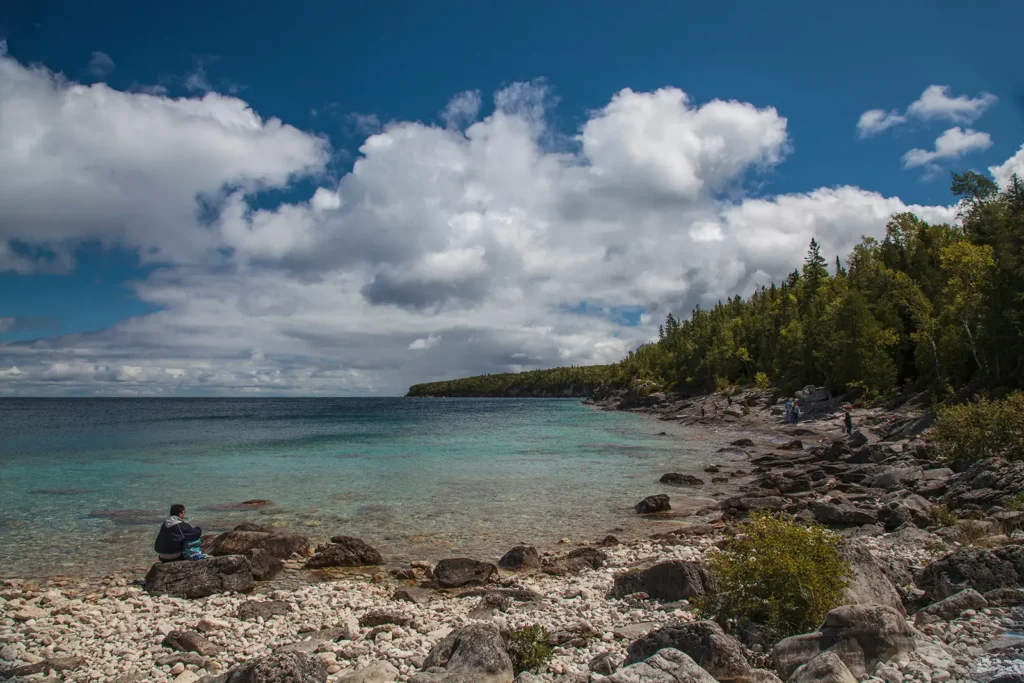
“Amazing Experiences” takes visitors on fun, nature-based adventures in the Bruce Peninsula, the Greenbelt’s own UNESCO World Biosphere. The experiences provide visitors with the opportunity to learn about the Bruce Peninsula area and its global ecological and geological significance.
The four-season program is designed to provide a boost to local tourism in the shoulder and winter seasons and distributes visitors throughout the Peninsula during the busiest months. Programs have been offered in a safe, phased rollout to coincide with health mandates.
The project included collaboration with partners and regional stakeholders such as the Neyaashiinigmiing First Nation, Bruce Trail Club, and twelve local operators.
Moccasin Identifier (MI), Mississauga of the Credit First Nation
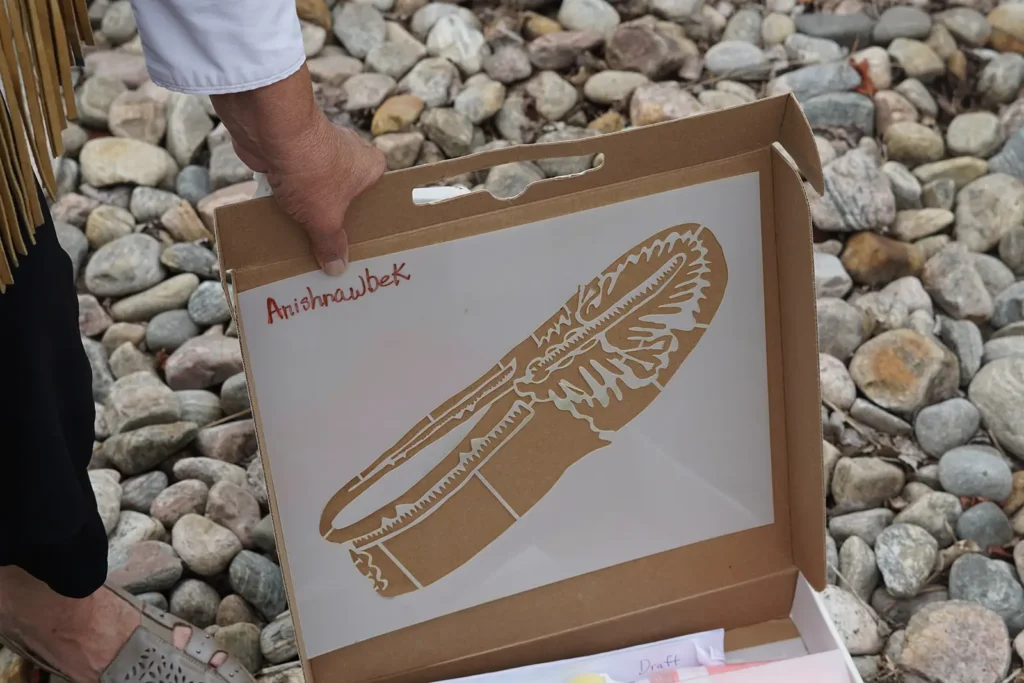
This multi-year project increases Indigenous presence and Treaty awareness across the Greenbelt landscape by establishing Indigenous heritage markers and disseminating an Indigenous educational toolkit.
Moccasin Identifier uses the distinct moccasins worn by Indigenous communities to mark sites where First Nations have deep, ancestral ties to the landscape. With renewed funding from the Greenbelt Foundation, Moccasin Identifier will continue to promote the history and presence of Indigenous Communities and Peoples across the Greenbelt and the Greater Golden Horseshoe. It also aligns with Foundation priorities to enhance Greenbelt tourism partnerships including sustainable recreation and tourism and Indigenous-led initiatives.
French translation of the educational kit has been completed for Grades 1-4. Installation of a moccasin at Billy Bishop is planned for 2022. As of November 2021, six installations were completed and five additional installations will be completed in 2022-2023. Through capacity funding from the Foundation, Moccasin Identifier has established over 25 partners, including Rouge National Urban Park, Nature Conservancy of Canada, Town of Uxbridge, Legislature of Ontario, and Town of Oakville.
Increasing Natural Cover in the Greenbelt
The Greenbelt Foundation is committed to implementing native tree, shrub, and other vegetation plantings that increase natural cover in the Greenbelt and adjacent areas.
These efforts will have positive long-term impacts on public health, while improving access to greenspace, and increasing climate resilience for communities. The Foundation has initiated a major program with leading organizations such as Forests Ontario, Conservation Ontario, individual conservation authorities, local stewardship groups, and others to expand and accelerate tree planting across the Greenbelt. This is a critical activity to advance climate and biodiversity goals.
Did you know?
Forest cover in the Greater Golden Horseshoe currently stands below Environment and Climate Change Canada’s 30 per cent target for healthy forests. Planting 54 million native trees will help us reach this target.
500,000 Trees with Forests Ontario
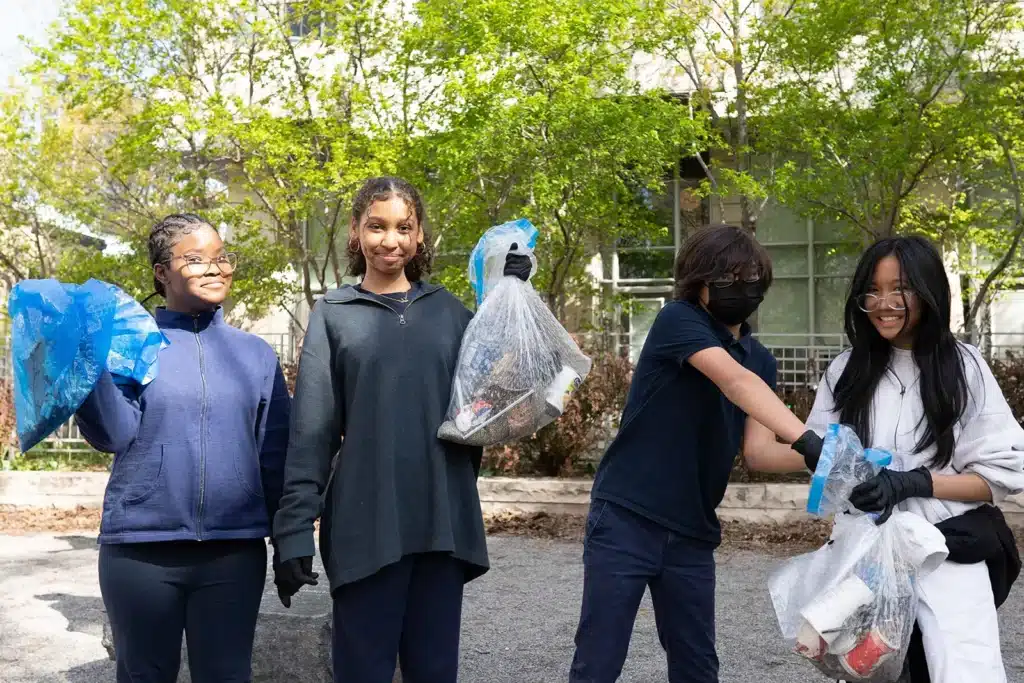
Through our partnership with Forests Ontario, the Foundation will advance natural infrastructure in the Greenbelt by increasing natural cover on private lands through tree planting. This supports regional and provincial climate change targets.
Growing the region’s forests will increase healthy and resilient ecosystems in the Greenbelt and provide a multitude of other social, cultural, environmental, and economic benefits to the landscape and residents of the Greater Golden Horseshoe region.
The project will plant approximately 500,000 trees on private land in the Greenbelt over the course of two planting seasons. Project outcomes will generate many long-term benefits such as increasing biodiversity, clean air and water, creating green jobs, reducing community risks to natural disasters, cooling cities, and enhancing well-being for generations to come.
We are thrilled to be working with the Greenbelt Foundation to increase forest cover. Our forests provide many benefits, including clean air and water, increased biodiversity, sequestering carbon to help mitigate climate change, and improving the well-being of our communities.
- Rob Keen
Registered Professional Forester and CEO of Forests Ontario
Our Vision for 54 Million Trees
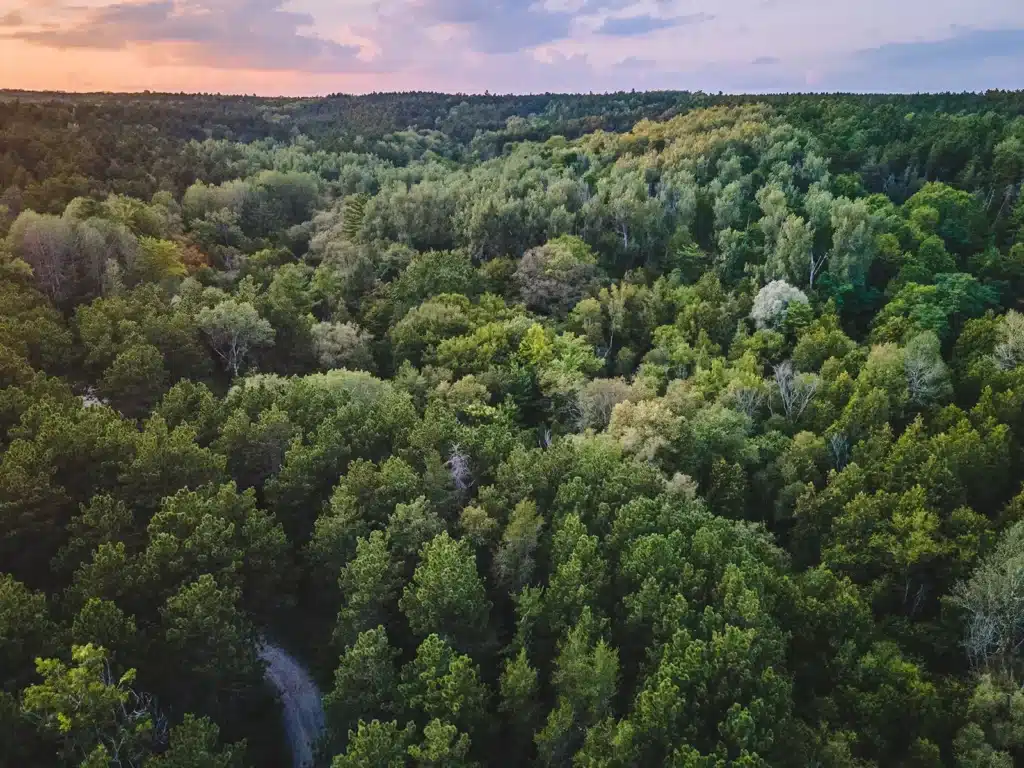
Our vision, alongside our partners at the Southern Ontario Nature Coalition (SONC), Conservation Ontario, and Forests Ontario, is that 54 million native trees are needed in the Greater Golden Horseshoe (GGH). This action can prepare Canada’s urban areas for the future and reverse biodiversity loss where it is most at risk.
Planting 54 million native trees in the Greenbelt and GGH is a key recommendation in the Southern Ontario Nature Coalition’s (SONC) Near-Urban Nature Network: A Solution for Climate Change and Biodiversity Loss.
The GGH is the most rapidly growing area in the country, where one in four Canadians live. Forest cover in the GGH currently stands below Environment and Climate Change Canada’s 30 per cent target for healthy forests. Planting 54 million trees will reach this target and set the stage for achieving future targets of 40-50 per cent forest cover and self-sustaining natural systems and species.
Conservation authorities have been planting trees since the 1940s and currently plant close to 3 million per year. One of the keys to our success is that conservation authorities build relationships with local landowners, municipalities, and partners in order to plant trees. This work will strengthen connections to nature at a local level.
- Kim Gavine
General Manager of Conservation Ontario
EcoSchools Greenbelt Action Card
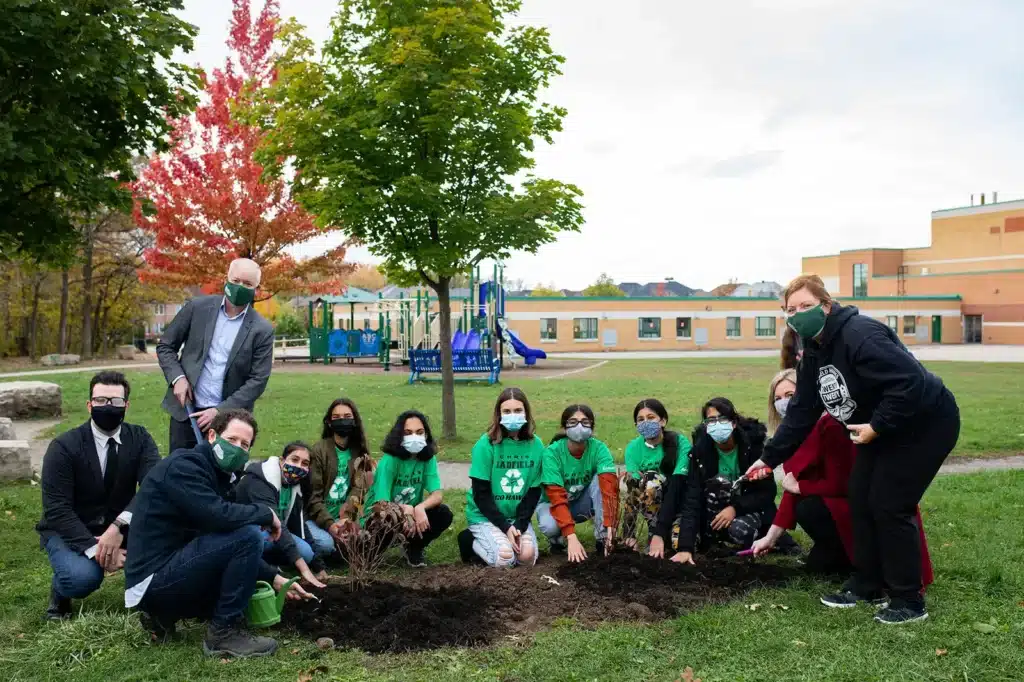
Through a new program called “Taking Action in the Greenbelt,” EcoSchools Canada will teach students in the Greater Golden Horseshoe region about the importance of biodiversity and native plant species, while giving them hands-on experience planting trees, shrubs, and other native plants on their school grounds and lands within the broader community.
With support from the Greenbelt Foundation, EcoSchools Canada will develop tools and resources for students in kindergarten to grade 12 that will build their knowledge of plants and the surrounding ecosystems.
EcoSchools will also create a “Greenbelt Action Card” that will guide students and their communities in identifying native plants on school property, collect data on natural cover before and after plantings, and identify potential impacts to their communities under different climate scenarios.
I am proud to see this partnership between EcoSchools Canada and the Greenbelt Foundation come together to educate students about the environment. Building this awareness through hands-on experiences will work to foster lasting interest, care and support for protecting the environment.
- Andrea Khanjin
Parliamentary Assistant to the Minister of the Environment, Conservation and Parks
Mitigomin Native Plant Nursery
Under the leadership of Alderville First Nation, the Mitigomin Native Plant Nursery (MNPN) will support the restoration efforts and Traditional Food Systems within the Rice Lake Plains.

The Foundation’s support of the Nursery will fund the initial coordination of the project, with the aim of an operational native plant nursery by 2023.
The Mitigomin Native Plant Nursery’s 2,250 square feet of growing space will support Rice Lake Plains restoration efforts, climate change mitigation, endangered species, and ecosystem connectivity.
Grassland ecosystems are highly effective carbon sinks that can sequester up to 1.7 metric tonnes of carbon dioxide per acre, per year; thus the MNPN presents a direct means of contributing to climate change mitigation within central Ontario.
The Alderville Black Oak Savanna and Mitigomin Native Plant Nursery team is excited to embark on this new phase of the MNPN project. We look forward to working with the Greenbelt Foundation and our Rice Lake Plains Partners in our endeavour to support regional ecological restoration, native plant conservation and Traditional Food Systems.
- Gillian di Petta
Native Plant Nursery Coordinator, Alderville First Nation
Local Food and Agriculture
The Greenbelt’s agricultural system is the cornerstone of the rural economy and provides residents of the Greater Golden Horseshoe with a reliable and diverse source of local food and drink.
With the support of the Greenbelt Foundation and through its protected status, Ontario’s Greenbelt preserves 750,000 acres of some of Canada’s most fertile farmland within one of its most favourable growing climates. Greenbelt farmland is in close proximity to Canada’s most densely populated region, making it a critical resource for advancing local food initiatives.
Did you know?
The Greenbelt includes Ontario’s only two specialty crop areas—the Holland Marsh and the Niagara Tender Fruit and Grape Area—whose fertile soils and unique climate conditions allow Greenbelt farmers to grow over 50 per cent of the province’s fruit acreage and 10 per cent of its vegetable acreage.
Understanding how Greenbelt Agriculture Feeds the Regional Economy
The Greenbelt’s agri-food sector generated an estimated $4.1 billion in GDP and close to 59,000 jobs in 2020, according to our new report, Understanding how Greenbelt Agriculture Feeds the Regional Economy.
In this report, the economic impact of primary agriculture was linked directly to other sectors of the economy. These economic benefits ripple through the Ontario economy and have a positive effect on people and businesses beyond the boundaries of the Greenbelt. A strong agricultural sector presents opportunities for growth and resilience in other segments of the economy and supports Ontario’s strong emergence from the COVID-19 pandemic.
Alongside this report, the Foundation published Greenbelt Farmers: Economic Network Case Studies, which focuses on qualitative case studies of seven local Greenbelt farms. These stories shed light on successes, challenges, and opportunities associated with farming within the Greenbelt.
The Greater Golden Horseshoe continues to be one of the fastest growing regions in Canada. With a temperate climate, fertile soils, and proximity to local and North American markets, farmers and food businesses in the area have an unmatched opportunity to meet the growing demand for food. Protection of the land base through sound land-use planning and intensification policies will help to ensure that Canada’s food supply chain remains strong.
- Janet Horner
Executive Director of the Golden Horseshoe Food and Farming Alliance
Women in Agriculture
The Foundation increased education and awareness of female-identifying farmers working in Ontario’s agriculture sector by launching its Women in Agriculture campaign during Women’s History Month.

The video series profiled three farmers: Buchi Onakufe, Owner and Farmer at Akachi Farms; Janet Horner, Mayor and Executive Director of the Greater Golden Horseshoe Food & Farming Alliance; Gail Winters, Owner and Farmer at Goodlot Brewery and Farmstead.
We have gone so far away from nature, and food is medicine. Protect your food locally, because when it’s local, it’s fresh, it’s better, it’s tastier and it’s true medicine. Food is medicine, it’s not just to fill your stomach.
- Buchi Onakufe
Owner and Farmer at Akachi Farms
The Business Case for Soil Health
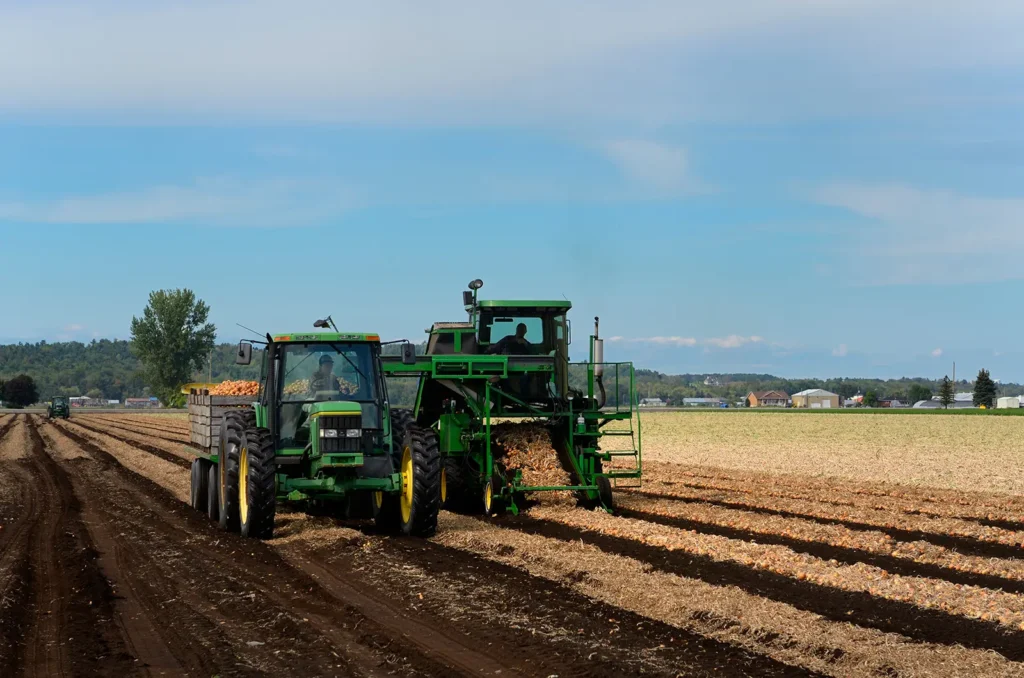
A new study from the Greenbelt Foundation, in collaboration with researchers from the University of Guelph, finds that common practices to improve soil health make good business sense in Ontario.
This research is the first of its kind for southern Ontario. It finds that the broad adoption of on-farm soil health management practices such as crop rotation, cover cropping, and reduced tillage may have an upfront cost but a significant return on investment occurs after only a few years.
For example, adding wheat to a typical corn-soy rotation could cost producers an additional $9 per acre in year one. However, the compounding soil health benefits mean that by year four of the rotation, yields would be up for all crops and provide an extra $52 per acre, or approximately 25 per cent in extra profit. These profits flow directly to farmers.
This information is important for farmers and policy makers. Farmers make decisions based on many different factors and, as businesses, the financial implication of those decisions is a very important factor.
Building the business case for soil health is an important step in encouraging adoption as it allows farmers to balance some of the upfront costs with the long-term benefits of investing in these practices.
- Aaron De Laporte
Lead author of the report and Senior Research Associate, FARE (Department of Food, Agricultural and Resource Economics), University of Guelph
Greenbelt Discovery Routes
Greenbelt Discovery Routes are 30 curated routes that span across the Greenbelt and make it easy for visitors to connect with local food producers, businesses, and agri-food experiences: from farm stands, to restaurants, to breweries and wineries.
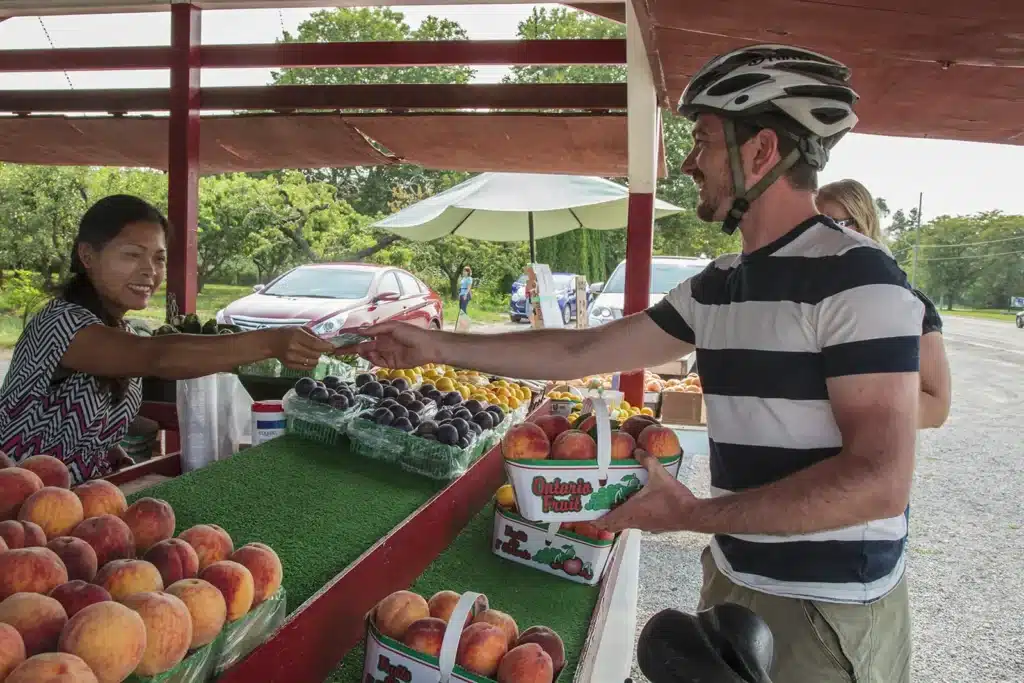
The routes match existing Greenbelt cycling and hiking trails with local businesses. The much-used resource lives on the Foundation’s website under an “Explore” page, which has been viewed over 5,500 times since the launch of the Discovery Routes in August 2021.
Our goal for this project is to shine a light on some of the hard-working farmers and small businesses across the Greenbelt while providing hungry outdoor adventurers with a useable resource to plan more delicious adventures and find hidden gems.
- Dinusha Prasad
Communications Coordinator at the Culinary Tourism Alliance
Ontario Tender Fruit
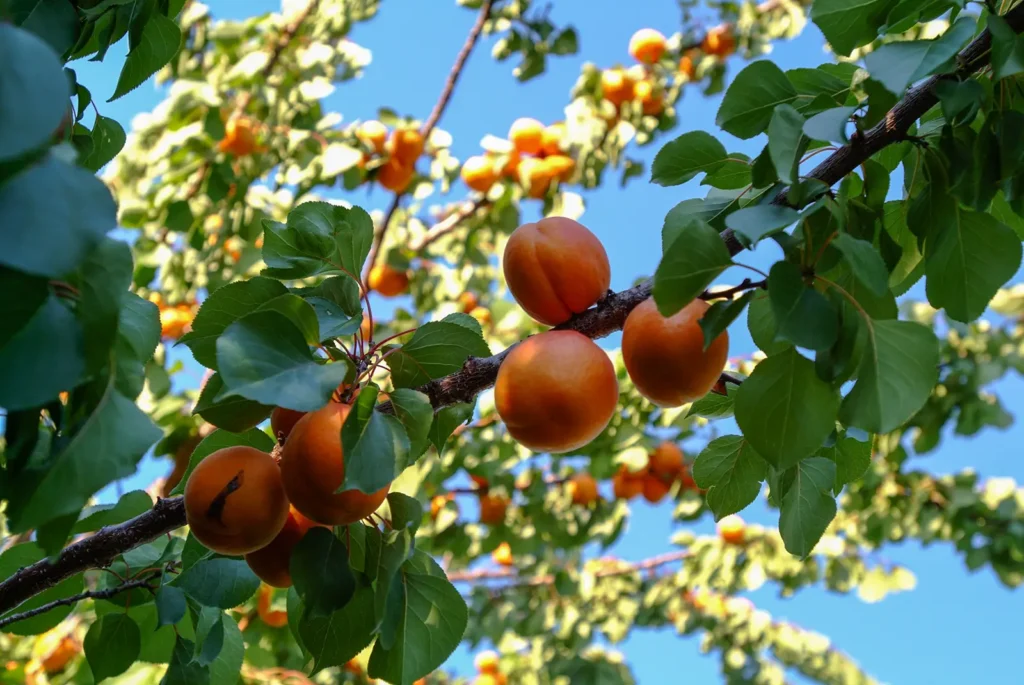
With support from the Greenbelt Foundation, Ontario Tender Fruit Growers is strengthening the economic viability of Niagara’s Tender Fruit sector by planting approximately 75,000 new trees and 10,000 new vines across the Niagara Tender Fruit and Grape Area, which is one of two specialty crop areas in the Greenbelt.
The program uses improved plant varieties that can withstand the extremes of climate change, provide a consistent supply of local fruit, meet increasing consumer demand, and net higher prices in the marketplace for farmers.
Ultimately, the program strengthens and grows Niagara’s Tender Fruit sector, which has an estimated market value of just over $60 million.
The Government of Ontario is proud to support this important initiative from the Greenbelt Foundation to help grow the agri-food sector and get more Ontario tender fruit into the market. It’s targeted investments like these that will create jobs and economic growth in the Niagara region and will keep Ontario at the forefront of global tender fruit production.
- Lisa Thompson
Minister of Agriculture, Food and Rural Affairs
Supporting Diverse Voices
Recent Foundation research has highlighted the inequities in access to nature for Black, Indigenous, and Visible Minority communities in our region. Changes in policy and parks planning is required to address this gap, and continued outreach and engagement with diverse communities is also required to ensure all Ontarians can access the benefits of nature.
The Greenbelt’s Grant Funding Program encourages projects that support the interests and engagement of Black, Indigenous and Visible Minority communities. Cross-sector collaborations are encouraged and diversity, equity and inclusion goals for projects are recommended.
Did you know?
New Canadians are a fast-growing population in the Greater Toronto Area. However, research suggests that they visit parks and outdoor areas less often than those born in Canada.
Shake Up the Establishment Podcast Series

Podcast lovers, nature enthusiasts, and those wishing to learn more about the Greenbelt will enjoy listening to wide range of topics that delve into the features and benefits of the Greenbelt from a climate-action lens.
Supported by the Foundation, the podcast series, titled “Voices of the Greenbelt”, will engage the public by sharing traditional knowledge of the land and centering Indigenous voices among conservation, ecology, and environmental stewardship experts.
Shake Up The Establishment has created a program in which the vast topic of the Greenbelt is broken down into digestible episodes that appeal to youth and members of the public wishing to learn more about this essential Ontario resource.
The Voices of the Greenbelt Project allows for the amplification of much-needed conversations to be had on land stewardship and Indigenous governance in what is currently Ontario. This project is vital to amplifying Indigenous ecological knowledge, self determination and ancestral claims to land. Indigenous voices must be prioritized in conversations on the Greenbelt so climate resilience can be strengthened for all Ontarians.
- Atreyu Lewis
Project Manager of Voices of the Greenbelt
Shared Path’s Shared Land Map
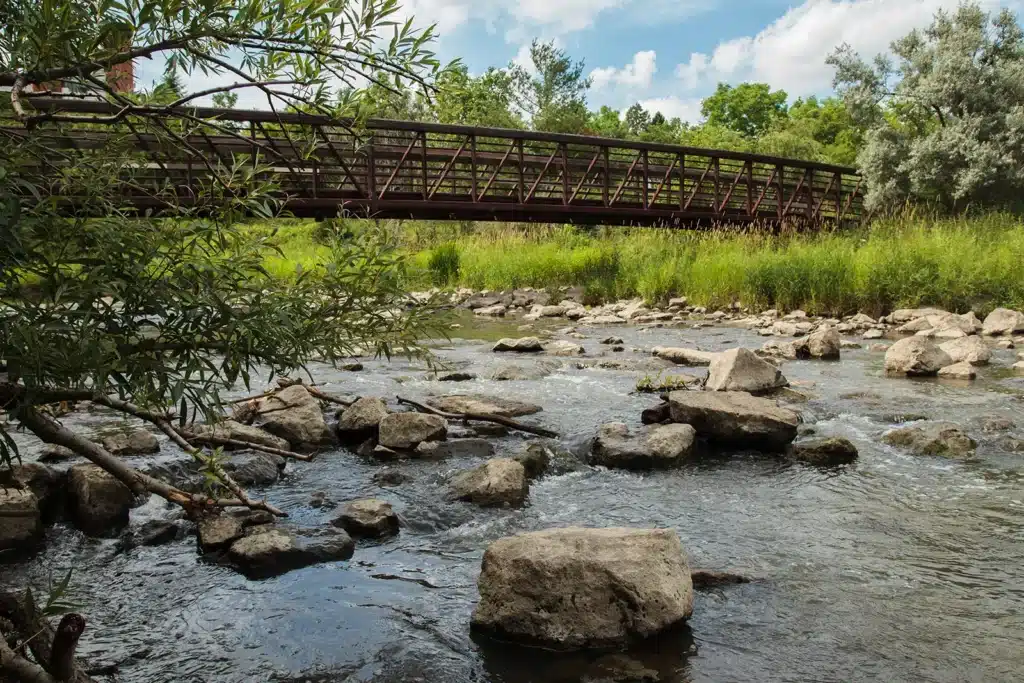
Shared Path’s Shared Land Map is an interactive map from Shared Path Consultation Initiative will enable First Nations in the Greater Golden Horseshoe to identify their territories and borders and support First Nations’ participation in local planning decisions and streamline the municipal consultation process.
With renewed funding from the Greenbelt Foundation, Shared Path will create an interactive consultation tool to address barriers and improve communications between First Nations and Ontario municipalities around land-use planning.
This builds on the Municipal-Indigenous Engagement Toolkit to further improve participation in land-use planning by enabling individual First Nations to identify consultation opportunities related to their interests and better inform municipal outreach and consultation activities.
Connecting Youth to Nature with Green Thumbs Growing Kids
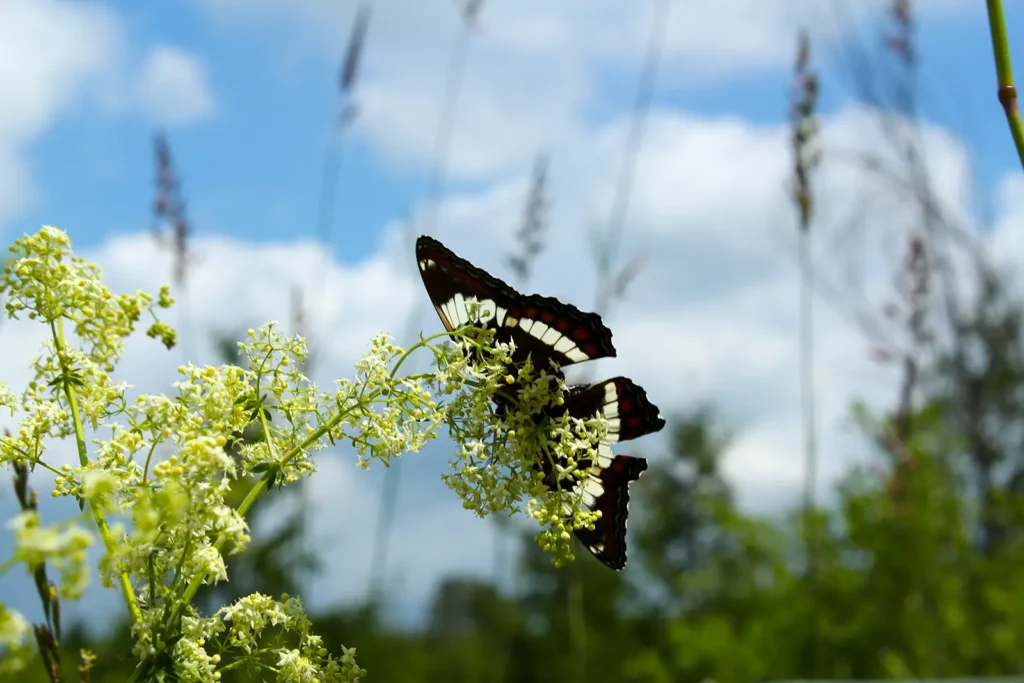
This program is created to support Black and Indigenous youth to cultivate their connection to the nature found around and within them in creative and sustainable ways. The program will engage youth in building a sense of community and provide the opportunity to practice various skills that encourage healing.
Green Thumbs Growing Kids is a food and nature literacy program in three adjoining dense urban neighbourhoods in downtown east Toronto. They partner with schools, the city and community agencies to help foster urban agriculture, greenspace enjoyment, and physical and mental health benefits.
Public Engagement and Connecting with the Greenbelt
Through Public Outreach and Engagement, the Greenbelt Foundation deepens public understanding of the Greenbelt, as well as how it contributes to a prosperous and sustainable future. We continued to focus on building awareness and improving understanding of the Greenbelt.
Media
311,767,643
Readers Reached
2346
Greenbelt Mentions
100+
Earned Media Stories
Coverage
In Toronto Star, National Observer, and Globe And Mail
Social
20K
Mentions
5.8 Million
Impressions
10.8K
New Followers
141K
Engagements
7,000+
Readers of Blog Series
Earth Rangers – Six Missions
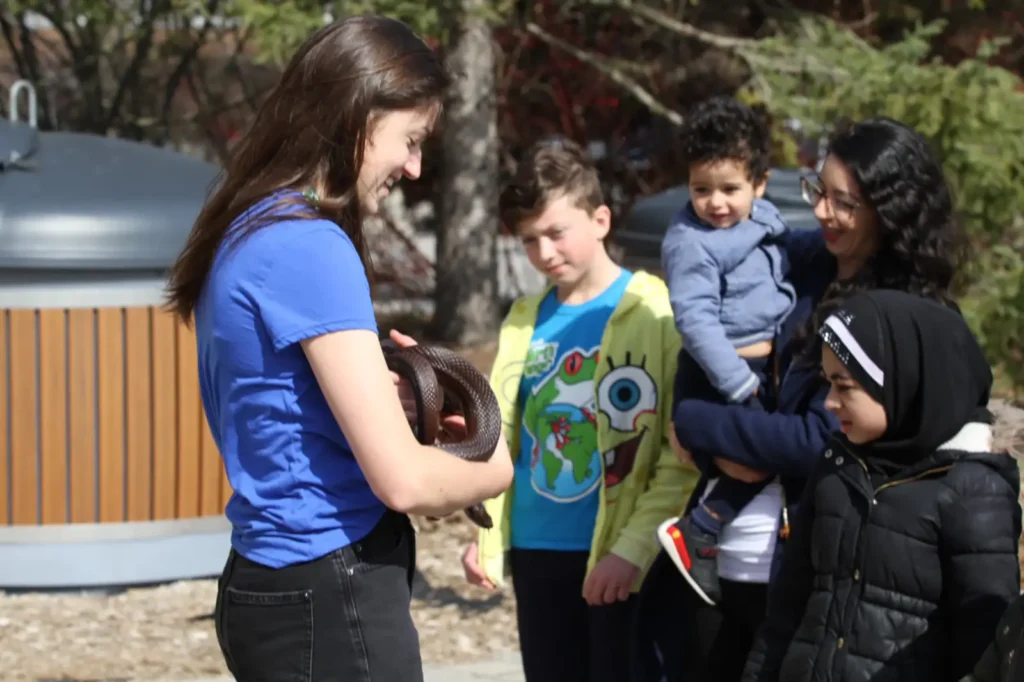
The Foundation continues its support of Earth Ranger’s “Creating the Next Generation of Conservationists in Ontario” program, which builds on the success of Earth Ranger’s previous grant to engage kids and their families across the Greenbelt and Greater Golden Horseshoe.
This program increases awareness about the benefits provided by the Greenbelt among children aged 6-12 and their families. It includes a series of six community events that will be held in the spring and summer of 2022. Ontario families will be invited out in the Greenbelt for a day of fun, tangible learning and collectively take action to help the environment.
These events meaningfully engage the community in activities that benefit the Greenbelt such as increasing forest cover, habitat connectivity, supporting local farmers, and emphasizing the role youth can play in protecting and keeping the Greenbelt healthy.
Educational activities such as Earth Rangers reach a large and diverse audience and will increase awareness and inspire action to enhance the Greenbelt. These actions can have a lasting impact on the Greenbelt for generations to come.
- Edward McDonnell
CEO of the Greenbelt Foundation
Consider Nature Campaign

In spring of 2021, the Foundation’s Public Outreach and Engagement team released a series of four animated videos that explore the different types of natural infrastructure that can be found right here in Ontario’s Greenbelt, increasing public education and awareness of our natural systems.
The Greenbelt’s natural systems clean our air and regulate water quality and quantity, reduce flood risks, provide a home for wildlife, and manage rising temperatures. We call this natural infrastructure.
The benefits nature provides us with are endless, and it is important that we share this information and begin considering nature as one of our best resources for adapting to the impacts of climate.
Sewers collect rainwater. Wires transmit electricity. Bike paths help us get from point A to point B. Our towns and cities are full of infrastructure that keep us safe, healthy, and productive. Natural features like wetlands, forests, and healthy soils also provide our communities with essential services. We call this natural infrastructure.
- From the Consider Nature video series
Friend of the Greenbelt Award
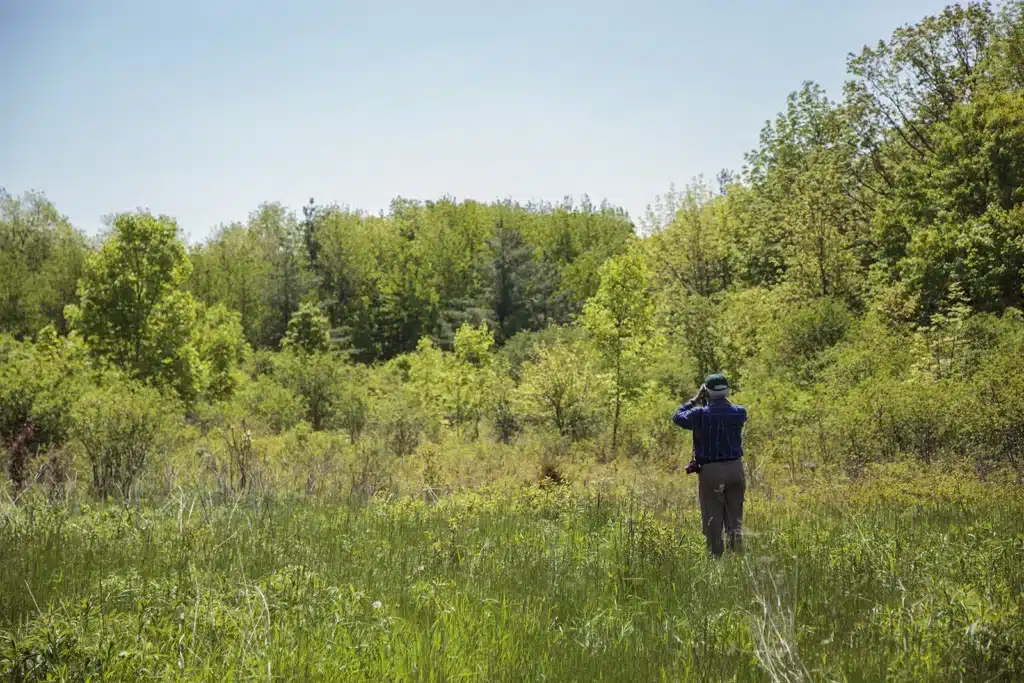
In January 2022, the Foundation was pleased to announce Conservation Ontario and Greenbelt Farmers’ Market Network as recipients of the 2021 Friend of the Greenbelt Award.
The organizations were recognized for innovative solutions to COVID-19 response and recovery.
Conservation Ontario accepted the award on behalf of the 36 conservation authorities it represents. On an annual basis, Ontario conservation authorities see about 8 million visitors a year, but during 2020 that number rose to 10 million. A surge in visitor traffic this large has never been seen before. Conservation authorities had to work very quickly to put new protocols in place to adapt to this increased demand, and simultaneously many of them developed new innovative programming such as reservation systems, a Forest Therapy Program, Storybook Walks, and a Talking Forest App.

The Greenbelt Farmers’ Market Network supports and connects markets, farmers, and shoppers around Ontario’s Greenbelt and aims to increase the success of farmers’ markets in the region. This network supported its members to go online in 2020, so that consumers could engage with their local farmers’ markets virtually, buy food from their favourite vendors, and have it delivered to safe locations. This resulted in $1.3 million in sales from May to December 2020 and supported 570 farmers and vendors.
The COVID-19 pandemic posed operational challenges for many of our partner organizations. Our award recipients showed great resilience and ingenuity in order to overcome these challenges, ensuring that Greenbelt benefits such as fresh healthy food and access to green spaces and active recreation opportunities could continue to be accessed at a time when residents needed them the most.
- Edward McDonnell
CEO of the Greenbelt Foundation
Rivers for Resilience - Video Series and Interactive Map
In spring of 2021, the Foundation’s Public Outreach and Engagement team, in collaboration with Park People, released Rivers for Resilience: a series of videos and campaign highlighting the environmental, social, and economic benefits of 21 Greenbelt protected urban river valleys.
Urban river valleys enhance Ontario’s resilience to the effects of climate change, improve human health and well-being, provide ecosystem services that reduce infrastructure costs for municipalities, and create a sense of community for residents through stewardship initiatives.
To connect residents of Ontario with nature, a Rivers for Resilience webpage was created for members of the public, allowing them to watch the videos, engage with an interactive map displaying river access points, and access a stewardship group directory for over 40 community and volunteer groups across the Greenbelt.
Our Partners & Donors
The Greenbelt Foundation’s achievements would be impossible without the ongoing support of its partners, donors, and the dedicated governance of its Board of Directors. Our partners include a range of organizations with whom we collaborate to fund key projects and support important research initiatives. Our work is also made possible by our dedicated individual donors and supporters. We thank all of you for your support and commitment.
The Greenbelt Foundation would like to pay special thanks to the Government of Ontario for their ongoing, committed support of our work. We would also like to thank Environment and Climate Change Canada and the Consecon Foundation for helping us to drive forward the protection of more near-urban natural spaces.





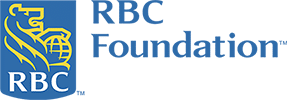

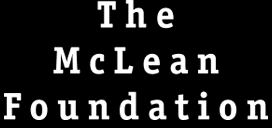








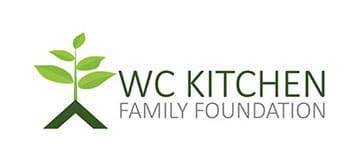





Reports List
April 1, 2021 – March 31, 2022
Financials 2021-2022
In 2021–2022, the Greenbelt Foundation invested in a range of key partnerships, educational initiatives, research and policy work, and community programs.
Year ended March 31, 2022 / Our charitable ratio: 87 per cent
* Each year, KPMG audits our financial records. Our full financial audit can be found online at greenbelt.ca/accountability
Thank You

The Greenbelt Foundation is made up of a vibrant team of program leaders, research and policy experts, development and communications advisors, and much more.
We come together with varied expertise to support a unified vision of keeping the Greenbelt a healthy, resilient, and productive working landscape for Ontario—and one of Canada’s best resources in addressing climate change. We would not be able to achieve any of our work without the dedicated support of our funders, partners, and community members like you.
